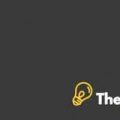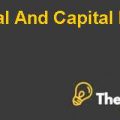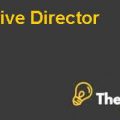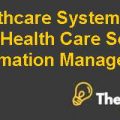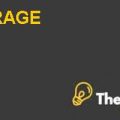Problem Statement
The vice-president of St. Louis National Bank, Jerry Eckwood needs to make a decision if he should accept or decline Hampton Machine Tool Company's (Hampton) application for extending payment of an outstanding loan. Benjamin Coins the President of Hampton, has requested to repay the debt of December 31st, 1979 to pay off their existing note of $1million and also requested for an additional of $350,000 which would be required now and would be repaid with the previous note. There are only three decisions that need to be considered as outcomes. First, Mr. Eckwood declines both the terms requested and forces Hampton to repay. Second, Mr. Eckwood accepts Mr. Cowins’s proposal. Lastly, Mr. Eckwood accepts the partial terms. The decision by the banker will be solely based on Hampton's capability to repay the loans and its financial performance.
Analysis of the business
Hampton was established in 1915 and enjoyed boom sessions until the mid-70’s after which the sales have been affected due to several reason. The estimates provided by the company to the bank were also inaccurate and the actual results for the past eight months deviated by 78%. This represents a poor estimate and the effect of declining sales which were not incorporated into the bank and after eight months the picture is more apparent on what the situation will be on 31st December 1979.
Hampton Machine Tool Company Harvard Case Solution & Analysis
The declining sales would lead to a smaller account receivable that would in turn lead to a smaller cash balance. A smaller cash receipt compared to the higher budgeted cash receipt will surely create problems. The loan repayment ability will for sure be affected. The company is paying 48% income taxes on its profits, which is very high. In addition to this, this is one of the main reasons for the cash balances being exhausted in the company. If the company can reduce this to 30%, then the cash balances will increase as a result of which the company will be able to invest from the existing resources and the need for taking up loans will diminish followed by the falling interest expenses and the growing profits for the company.
The company has a sufficient amount of inventory at hand that is not good for the company. If the prices of the inventory were to rise significantly or the cost of ordering those inventories exceeded the cost of holding the inventory, then the decision to hold excess inventory is appropriate. However, if the cost of holding the inventory is greater, then the decision to hold the inventory is not feasible for the company as the company would lose the opportunity to earn interest in the short term using the existing cash in the business.........................
This is just a sample partial work. Please place the order on the website to get your own originally done case solution.


